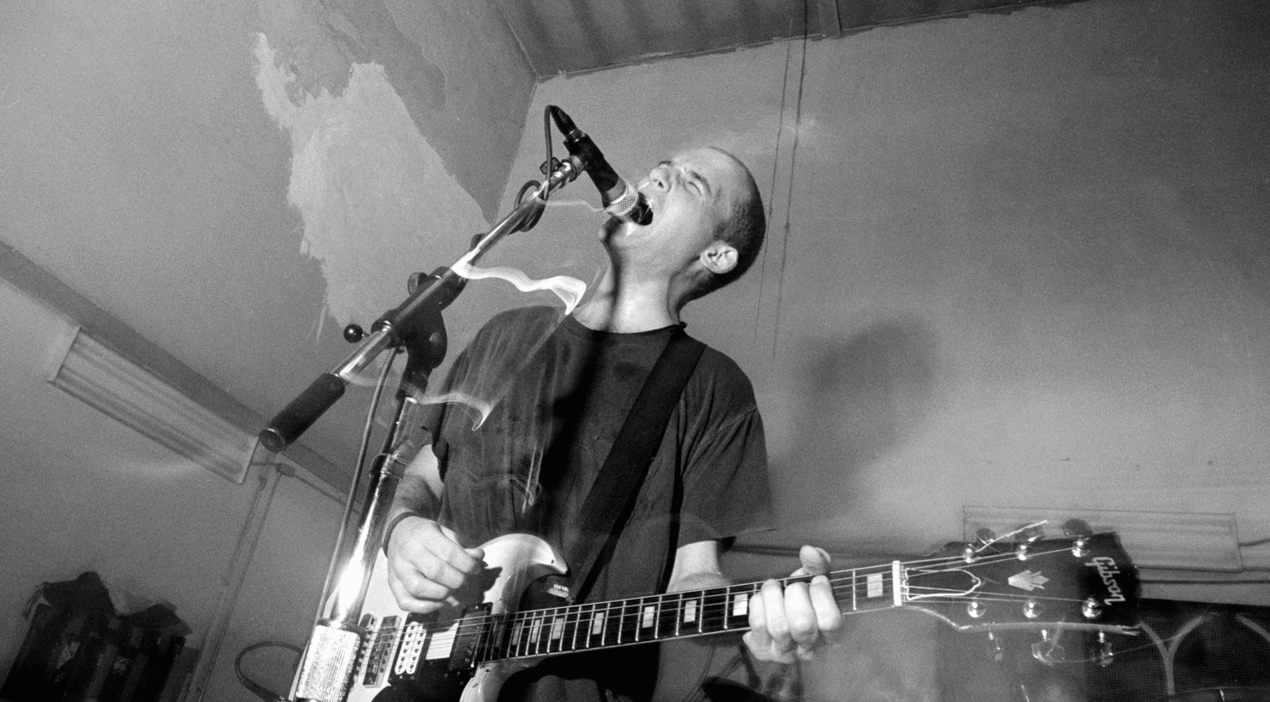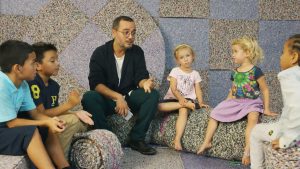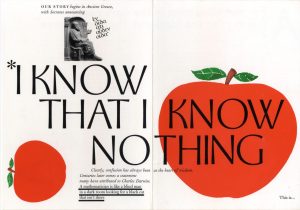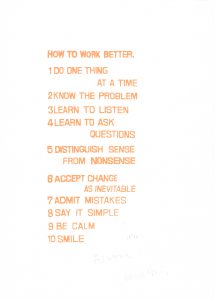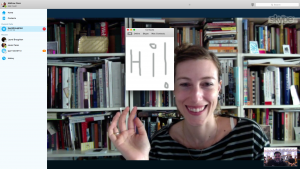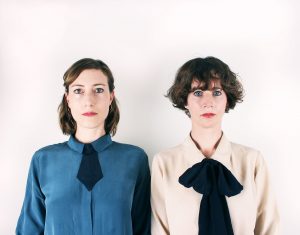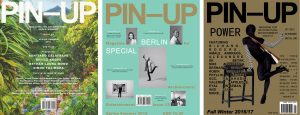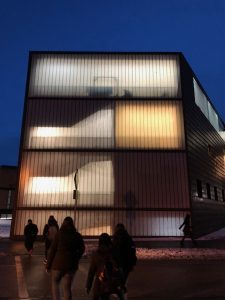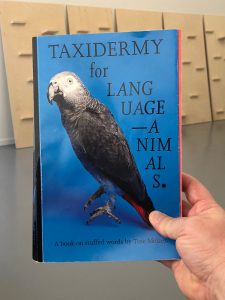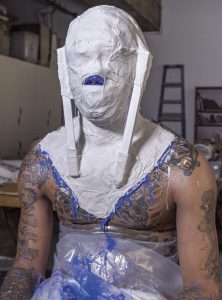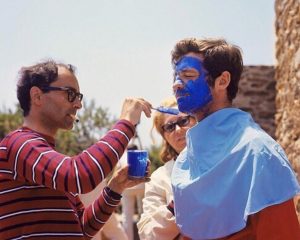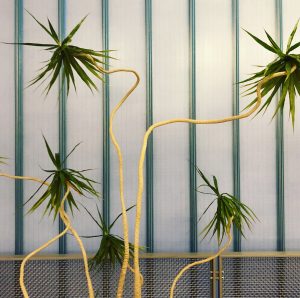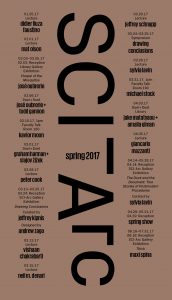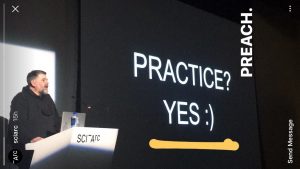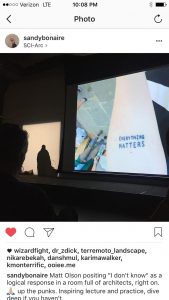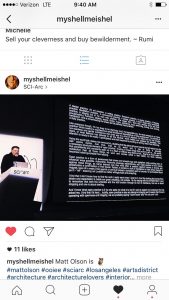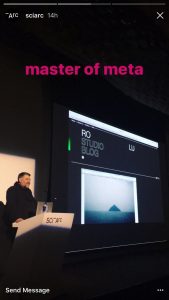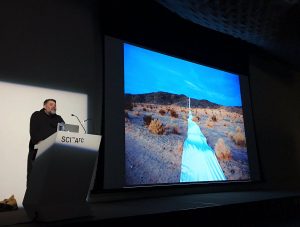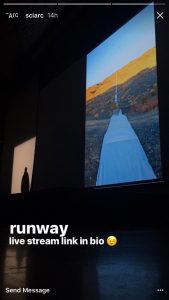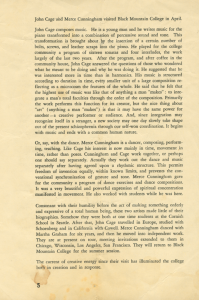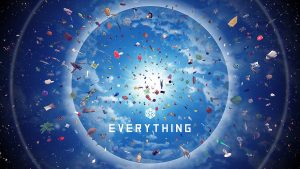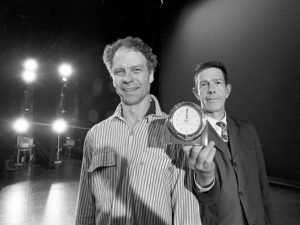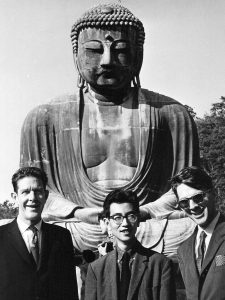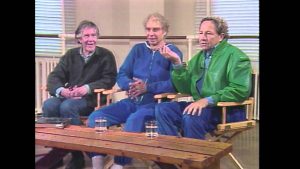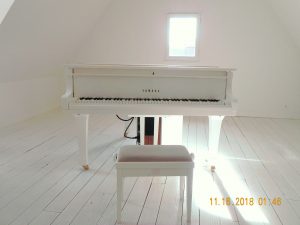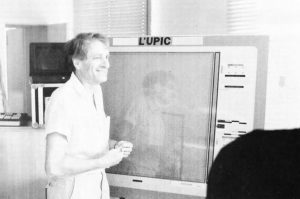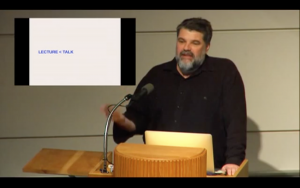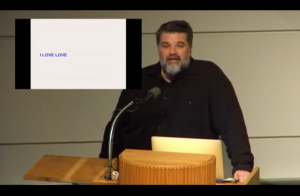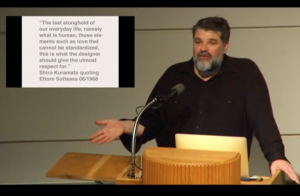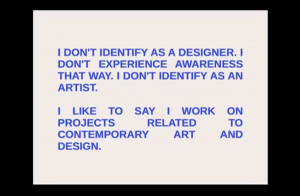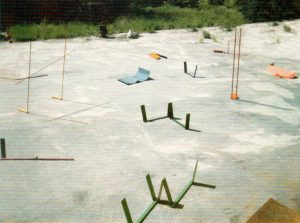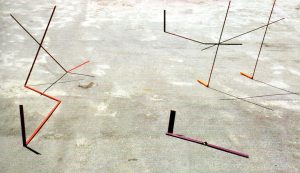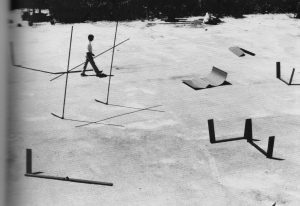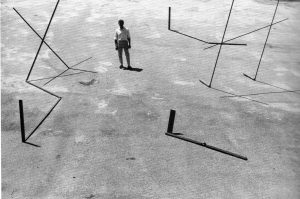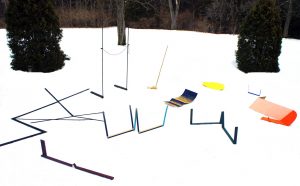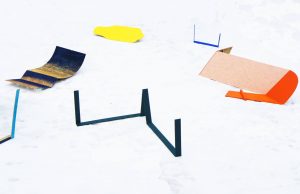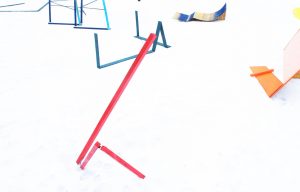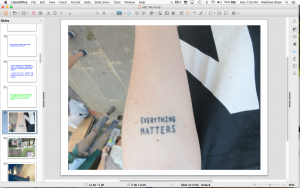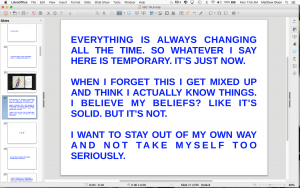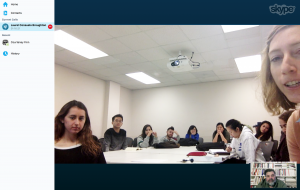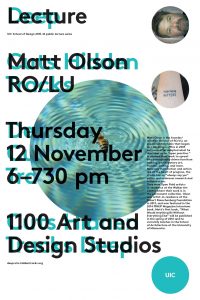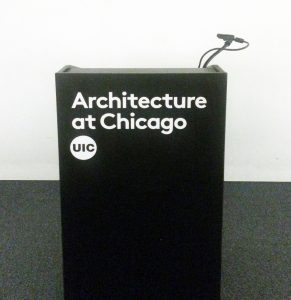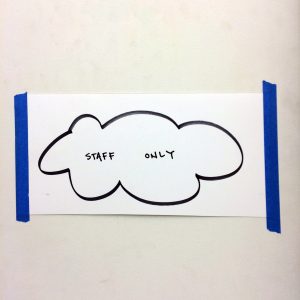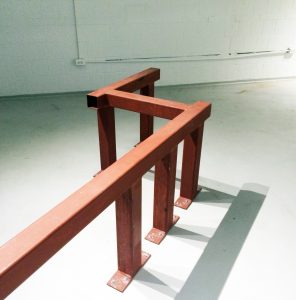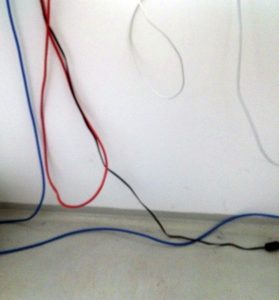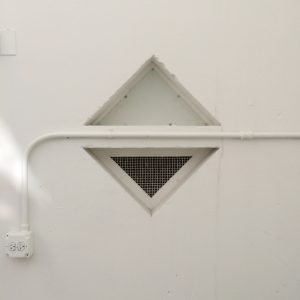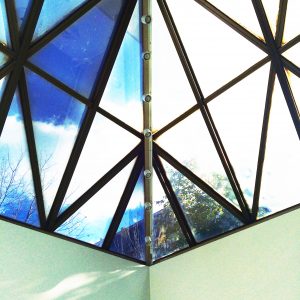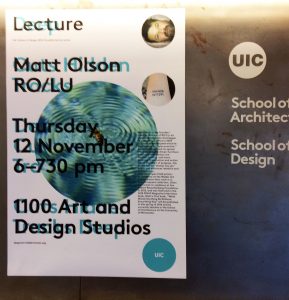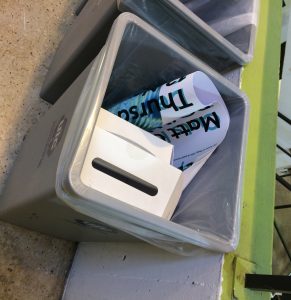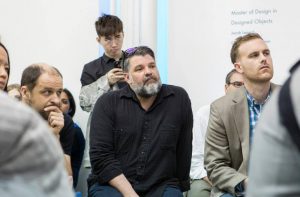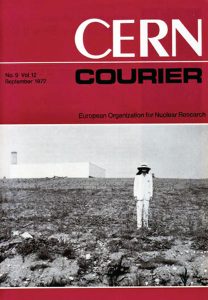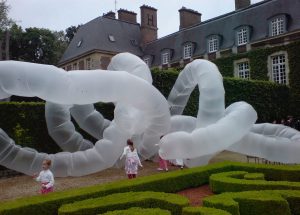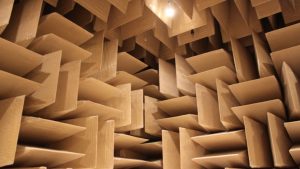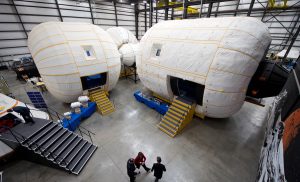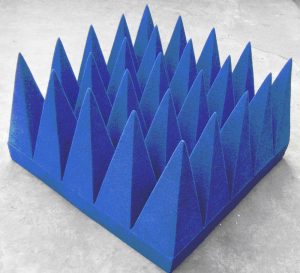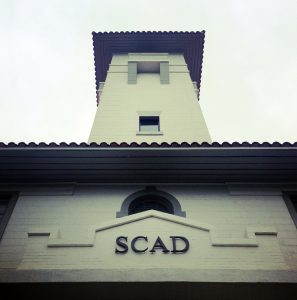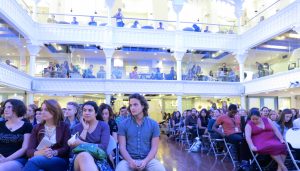OOIEE: Teaching
-
“XLAB: Toward A Cross-Disciplinary, Open Practice” is an ongoing workshop in the Architecture School’s BDA Program (Bachelor of Design + Architecture) at the University of Minnesota. A sprawling, intuitive set of provocations, explorations and disruptions related to architecture, design, art, fashion, music etc. and the life lived working in all or one of these fields. There are no assignments or tests, just suggestions and a few basic requirements like mandatory class attendance and two self-initiated field trips a week… as documentation of these outings, each student must share a ‘selfie’ photo taken with a librarian, archivist, museum guard etc 🙂
In, and with, the spirit of Black Mountain College, we’re examining ‘cross-disciplinary, open practice’ through historical examples… from Buckminster Fuller, John Cage and the Eames Office to current practitioners like Miranda July and PIN-UP Magazine and Dis. We look at and use manifestos and guides like “How To Work Better” by artists Fischli and Weiss and Sister Corita Kent’s “Rules for Learning and Life”. The class focuses on process over content/outcome and experience over decisions… writing and making AS thinking.

-
OOIEE founder Matt Olson was invited to present a talk for the prestigious Public Lecture Series at SCI-Arc in Los Angeles. He presented his work in the context of ‘open practice’ a term that has emerged to describe a way of being as much as an approach to work. If ‘open practice’ had a map, it would be an atmosphere in time made with and from Peter Sloterdijk, the spirit of ‘The Neutral’ by Roland Barthes, water, love, furniture, art history as a material, Scott Burton, 032c Magazine and Helio Oiticica, Giuseppe Penone’s ‘Being The River’, Borges “Pierre Menard”, Dischord Records and Jimmy Fallon’s performing as Neil Young and with Neil Young.
An honor and a privilege for the studio to be in such baffling company… Slavoj Žižek in conversation with Graham Harmon, critic Sylvia Lavin, architect and artist Didier Fiuza Faustino, Professor Sir Peter Cook, RA, architects José Oubrerie (!!), Vishaan Chakrabarti and Neil M. Denari, theorist Jeffrey Schnapp and the artist Amalia Ulman.
Additionally, a short text on ‘open practice’ – written for the talk – served as Issue 4 of Margin, a poster publishing platform by graphic design project Studio-set (Lauren Thorson and Jasio Stefanski).
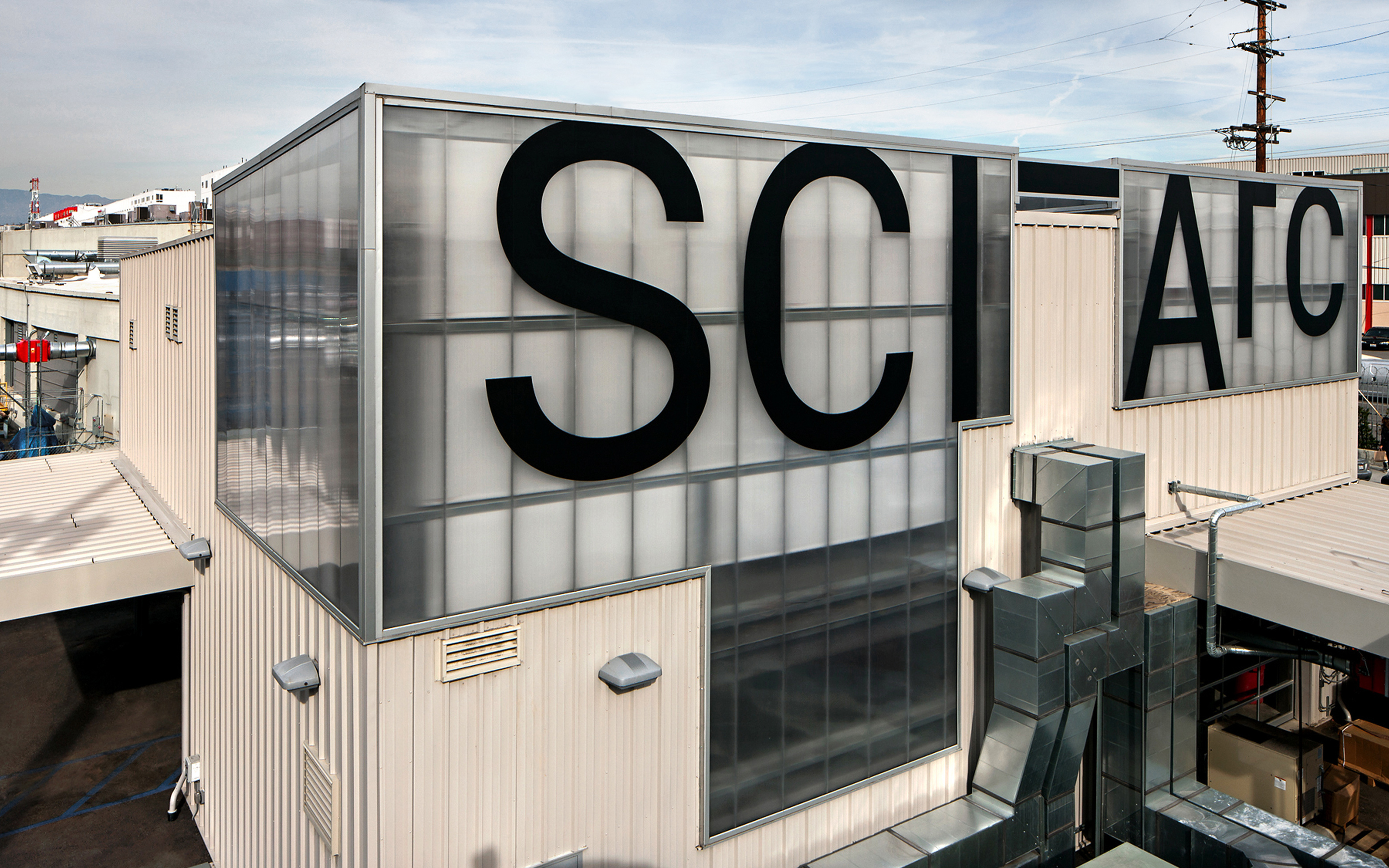
-
OOIEE presented a small but important talk on the work, practice, and life of John Cage – all of which are inseparable – to an experimentally spirited studio taught by Andrew Lucia (Cass Gilbert Visiting Fellow) which explored avant-garde music and its connections to visual art. The talk started with two informal meditations meant to provide the right atmosphere for understanding through an attitude of spirit rather than any sort of attempt at biography in a linear historical sense… first, a tour through the video game EVERYTHING, narrated by Allan Watts, then second, a deep reading of a single paragraph entry from the Black Mountain College newsletter the month after Cage and Cunningham visited for the first time. It’s interesting to read one of the earliest things written about them… at that point completely unknown. Humility is such a rare trait in our world but whenever we encounter it, we know it’s the main goal.
By the way, Andrew’s recent project and exhibition in Minneapolis and Paris “A Catalog of Difference” is fantastic.
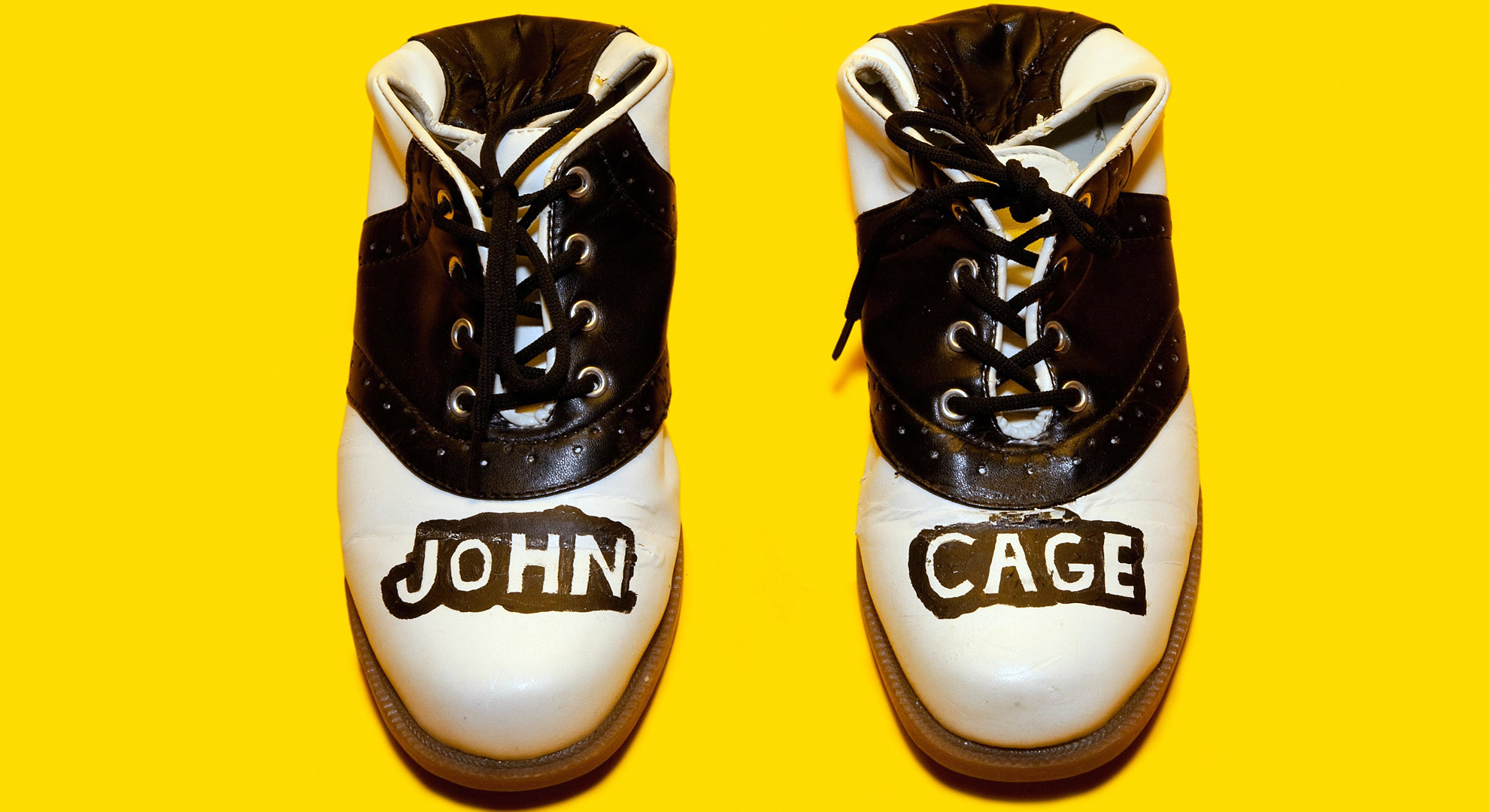
-
OOIEE founder Matt Olson discussed his practice and work for the Knoll Furniture sponsored Public Lecture at Cranbrook in a talk called “Everything Matters, Everything Changes”. The title comes from a story about Richard Artschwager, one of our favorite artists, who started out as a fairly average furniture maker who didn’t feel very inspired by his work. One day though, when he was in his early 40s, he had an epiphany. He was washing a coffee mug in his studio in Brooklyn and his thumb brushed against his palm in a way that he’d never felt before in his life. For some reason, in that moment, he could suddenly see, hear and perceive differently. More fully. He woke up. What he said he realized was, that “everything matters”. After that encounter, his work became amazing. (We encountered this story about Artschwager in one of our favorite books “Design ≠ Art“, highly recommended.)
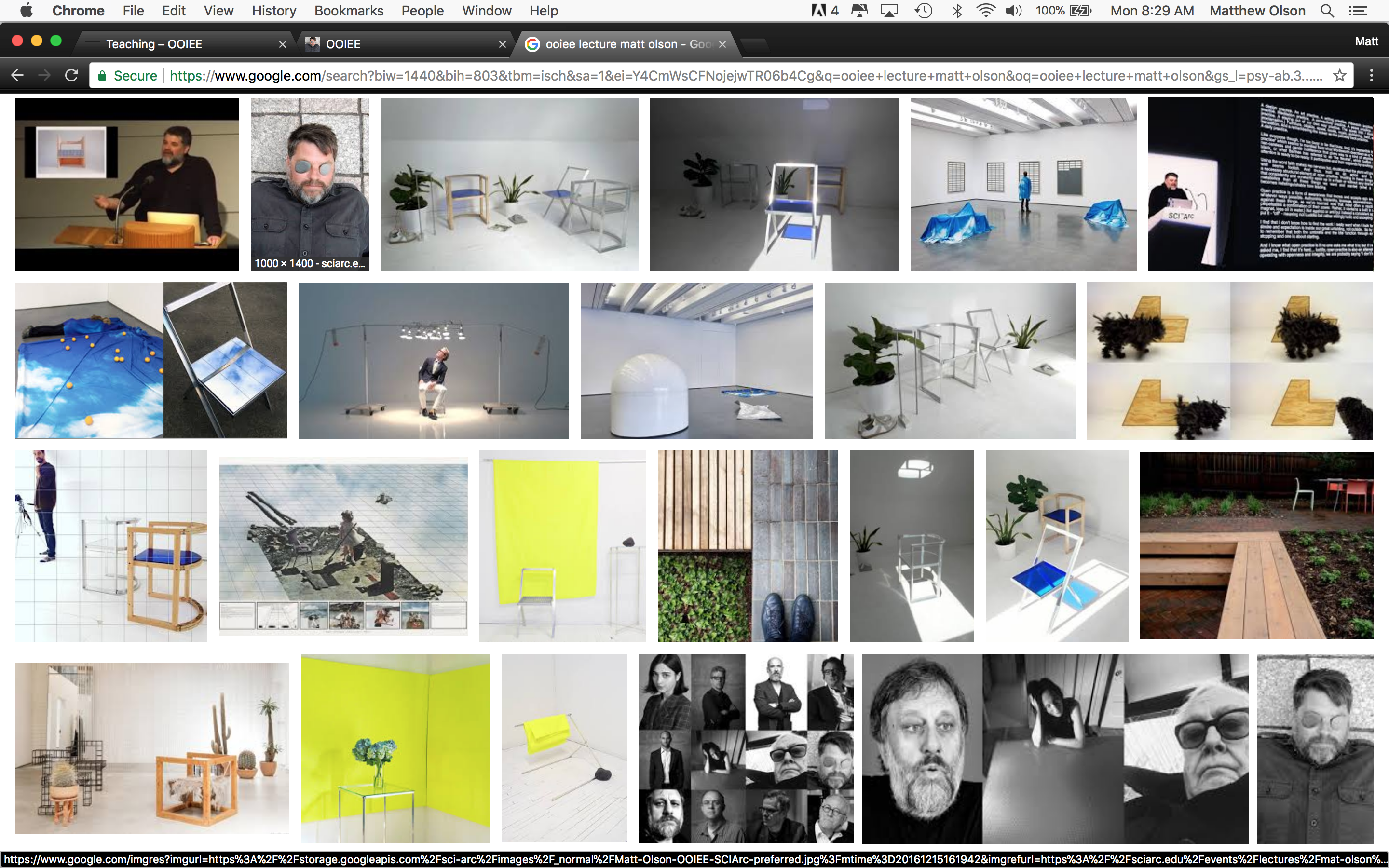
-
OOIEE founder Matt Olson was invited by the 3D Design Graduate Program at Cranbrook to create a workshop for students. The first day we read to each other, out loud in a circle, as a group and then discussing five texts: 1. “Take Care” by Anthony Huberman 2. “An Art Which Can’t Be Art” by Allan Kaprow 3. “Pierre Menard, Author of the Quixote” by Jorge Louis Borges 4. “Compatibility Mode” by Seth Price 5. “I [not heart] Information” by Anthony Huberman. The next day the students were introduced to a set of mysterious images of unfinished Anthony Caro works installed informally in the parking lot outside his studio at Bennington College where he taught in the sixties. A series of questions were posed about what this unfinished state was and whether or not these things were art or not. Then the students attempted to recreate not only the objects in these photos but the photos themselves. The pieces were installed in a similar fashion outside the Cranbrook Museum.
As is always the case, this sort of project is as good for OOIEE as it is for the students. We love the process and exploration of workshops like these so much. One student ended up using the workshop as part of her thesis and OOIEE stays in touch with many of the students. We like to think this work is still becoming something. And as I think of it today, I can’t help but think of all the Noguchi works at his studio in Japan which sit perfectly in-between being finished and coming to life… I like the word bothness. These photos our friend Fred Bernstein took are amazing.
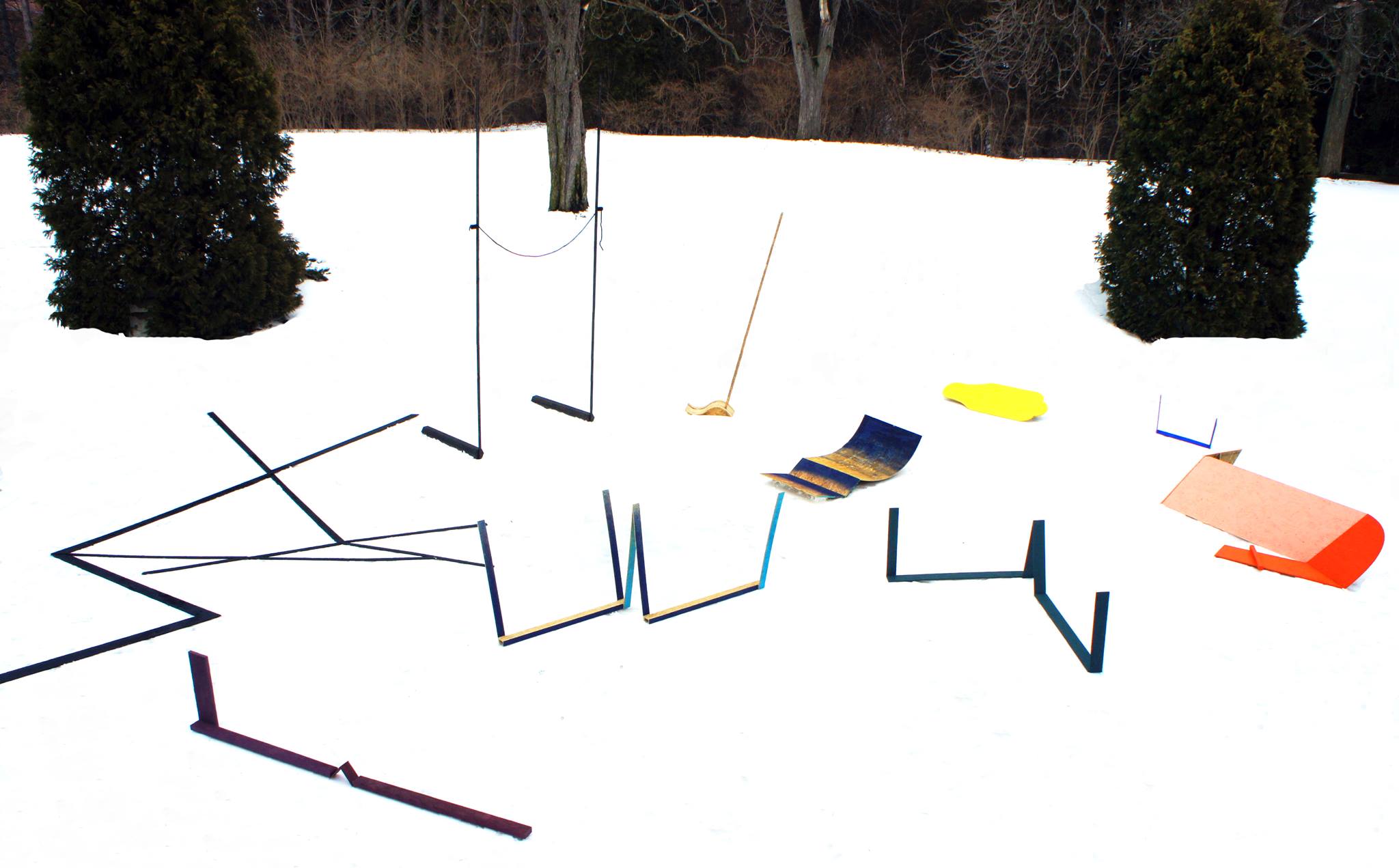
-
A small, informal talk is presented over Skype with students in Laurel Broughton’s “Tools for Living” class in the University of Southern California’s School of Architecture. In many ways, there is only one talk… meaning that the same themes are present in all the work we do and come up over and over, big talks or small talks. And, everything is always changing all the time so, each talk takes on its own spirit. This talk focused more on curiosity and inspiration as a kind of love. It can be hard to talk about love in the context of architecture but, what could be more important – at this moment – than love? The love of things, places, objects, ideas, buildings, books, images, words, sites, sights, plants, trees, memories, smells, moments… we forget how important it is. And then we forget our forgetfulness.
Laurel Broughton is one of our favorite art/arch/design practitioners and we’re always super inspired by the work WELCOME COMPANIONS does. We first worked with her through Matt Olson’s former studio RO/LU on a piece called “Here There, There Here” for Andrea Zittel’s High Desert Test Sites project in Joshua Tree CA.

-
“UIC School of Design’s public seminar series “Deep Cuts / Hidden Tracks” names a year-long investigation—within a series of public seminars and graduate design studios—into expanded forms and counter-strategies for contemporary design practice, taking its cue from genres and formats of recorded pop music. In rock and pop music, deep cuts refer to those tracks on an album which don’t fit the constraints for a commercial single. A deep cut doesn’t enter mainstream radio rotation, but is rather an “album-oriented” form in which there is greater latitude for experiment and duration.”
Matt Olson presented a talk with a soundtrack called “When Worlds Open Up”. The title came from an encounter with an Instagram video post of a lemon seed moving up an down in a glass of sparkling water. The post was dedicated to Virginia Astley, a name that wasn’t familiar to him, but in that moment after a Google search… a whole world opened up. The talk began with the song “Morning From Gardens Where We Feel Secure” at an imperceptible volume which increased very slowly until it was slightly audible as a backdrop. Virginia’s music is relatively obscure and seems to suggest that what begins as a deep cut, only stays that way for a moment. And it’s worth mentioning that the notion of imperceptible change is of great interest to us.
The next day he presented an informal talk where students used his internet browsing history as a compass.

-
A presentation and talk about work and attitudes regarding ‘open practice‘ and trans-disciplinary motion for SAIC MFA students who were all graduating in a month. One on one and group crits examined student work in photography, sculpture, ceramics, video, installation and more.
It’s always such a great thing to experience the intimacy and genuine presence that happens in crits, even if the overall benefits to the student are murky. It’s so easy to love the space of the student in this context… as we vulnerably find their way forward. An honor and a privilege.
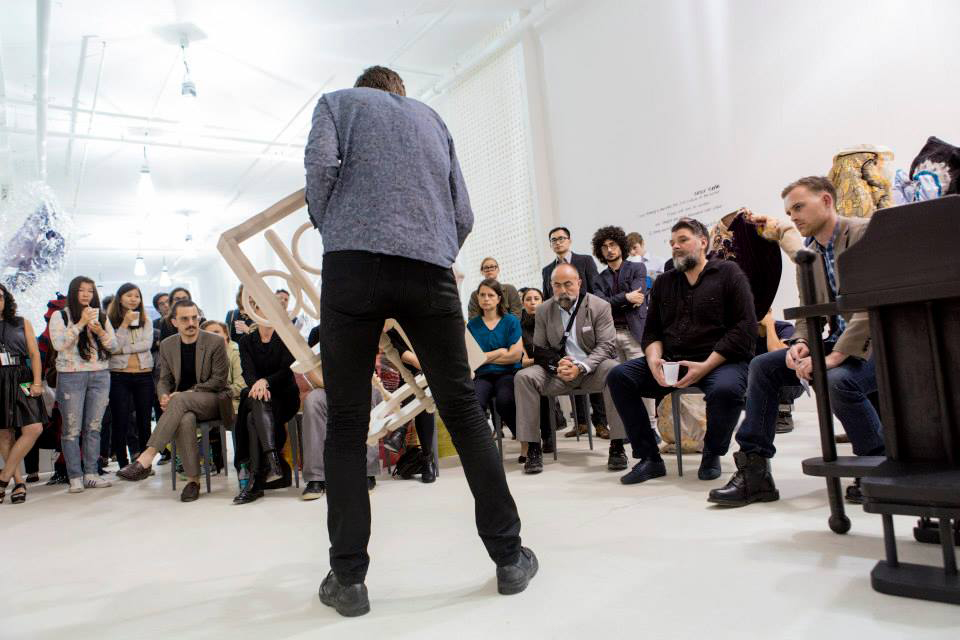
-
OOIEE founder Matt Olson joined Hillary Sample, Zoë Ryan, Rodolphe El-Khoury, Libby Sellers, Ann Lui and Mark Dineen along with SAIC AIADO faculty to critique Architecture and Design thesis presentations. So many amazing voices and such great company… it’s always hard to tell who got more, OOIEE or the students. Sometimes ideas seem to be most alive in these contexts where the outcomes of work aren’t as tied to ego and capitalism and can fend for themselves as living entities.
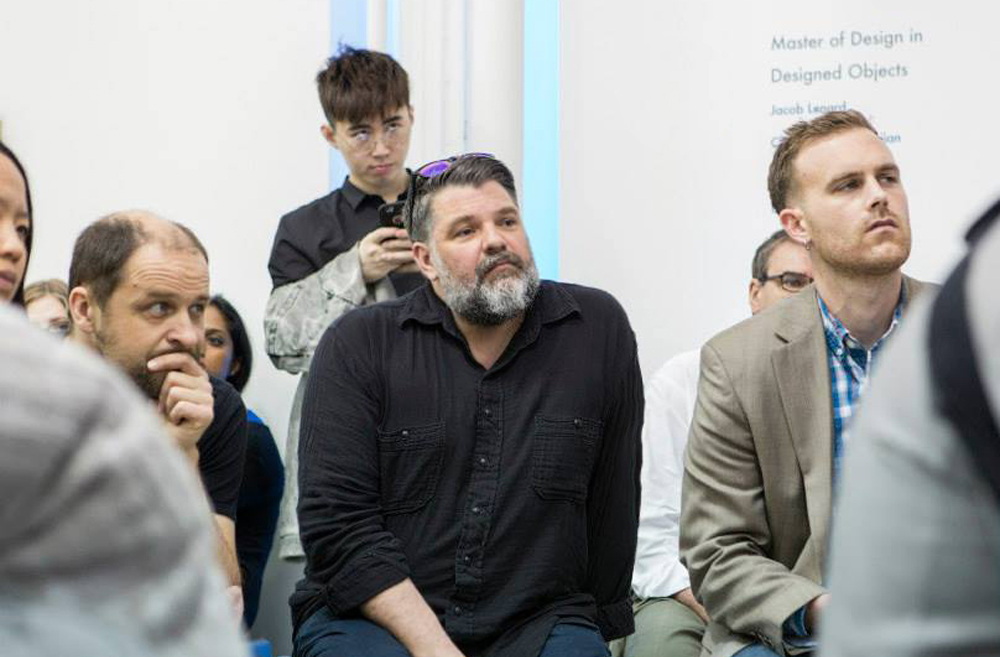
-
An upcoming experimental class through the School of Architecture’s BDA Program (Bachelor of Design and Architecture) at the University of Minnesota held inside the Weisman Museum. An extension of the workshop Matt Olson already teaches, ‘Toward A Cross-Disciplinary, Open Practice’, students will explore ‘open practice‘ in a production, studio context rather than a critical, theoretical space. How do we operate in an atmosphere of expansion? How do we follow and lead at the same time? How can we use research, intuition, collaboration and play to create a platform of to facilitate a behavior set that is less about decisions and more in keeping with the way a tree grows toward the light? Taught in coordination with architectural scholar Daniela Sandler and the Curator of Collaboration, Boris Oicherman,
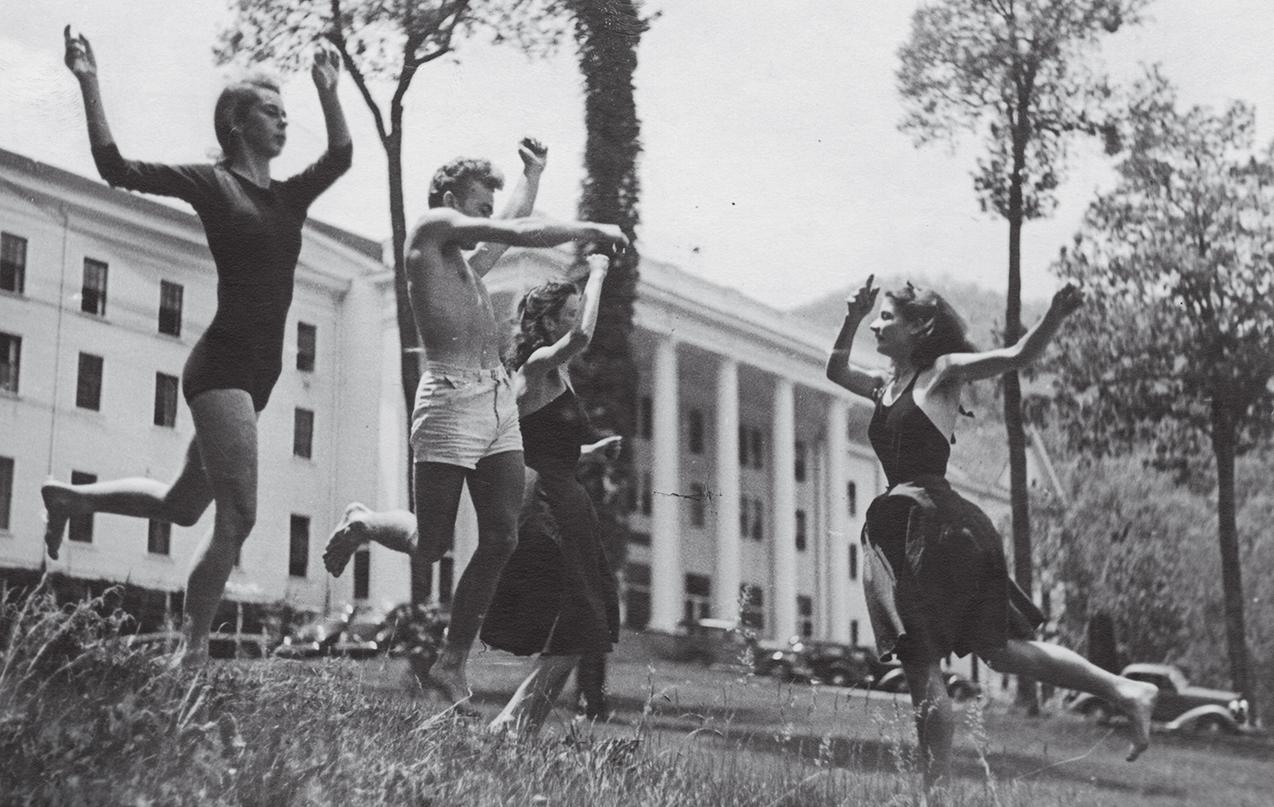
-
A talk sponsored by the American Craft Council followed by a workshop for students and faculty called “Integrating Practices“. After touring SCAD‘s extensive facilities and learning about their corporate program partners like Boeing and Hobie, OOIEE added a last second set of slides about punk rock to the talk and encouraged students to resist the temptation to think of their education as “training for a career”, and rather, imagine it as an experience similar to navigating with a version of Google maps which is attempting to play a very friendly practical joke on you.
The following days a two-part workshop… 1. Creating maps for a tour of Savannah using only non-visual sensory experiences like sound and smell. 2. A series of field recordings were made as an auditory version of a photograph.
